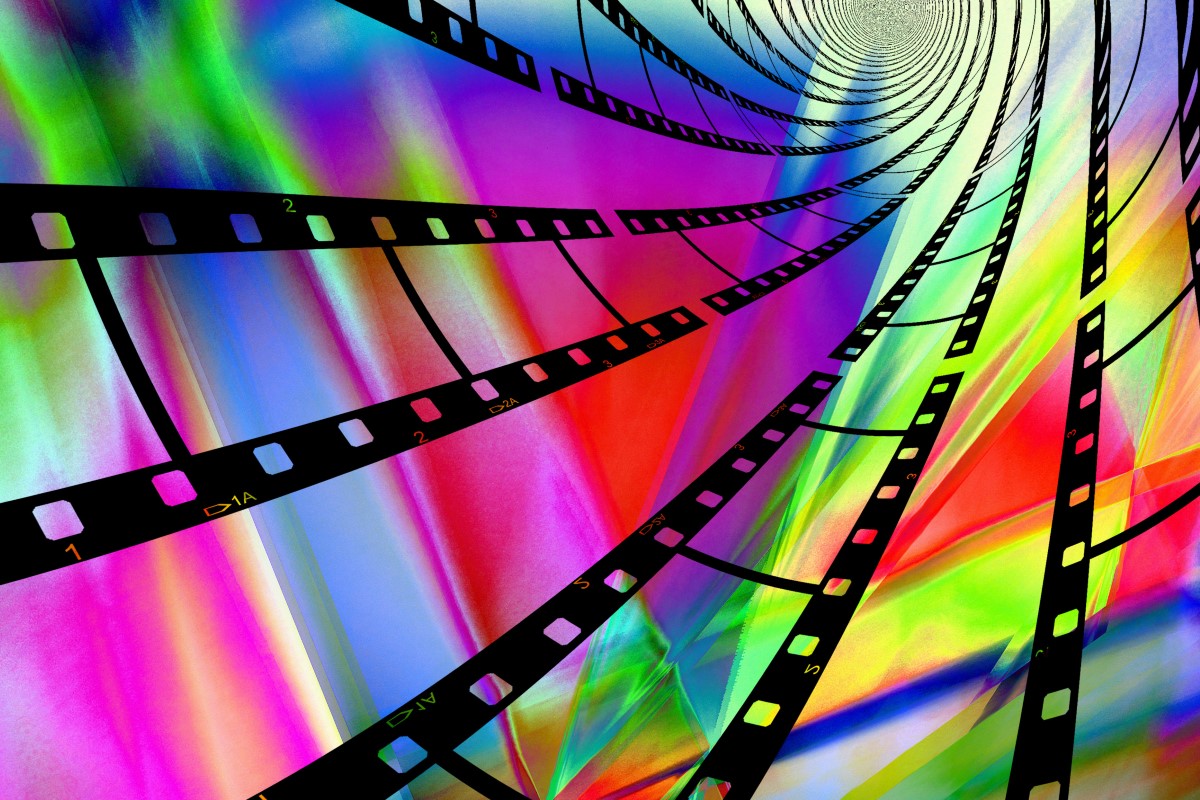While modern day movies are nearly always in color with few exceptions, there was once a time where black and white wasn’t just an aesthetic choice… It was the only choice!
Though there are examples of Filmmakers playing with color during the early days of cinema – typically by hand painting or tinting each frame of film – fully colored movies were not a consideration or even a possibility.1
Moreover, Directors, Cinematographers, and others working in the film industry had learned how to make exquisite-looking movies in black and white. As many movies of the late 1920s and early 1930s demonstrate, creatives in film became experts regarding how to produce spectacular imagery with monochrome color.
So there wasn’t necessarily any urgency to move to color films. Why change what was working just fine? Especially when the film world was still coming to terms with all the many modifications necessitated by the introduction of sound in the late 1920s, it would take some convincing to get people on board with changing yet another major component of making movies.
That being said, Technicolor would indeed change people’s minds about color.
Early versions of coloring film such as Kinemacolor, which filtered film through red and green prisms, were not able to fully bring to life the range of color that the human eye could see. But with Technicolor’s introduction of the three-color dye-transfer process, it was finally able to achieve realistic and vibrantly colored films.
While processes that Technicolor developed are no longer needed for film, the films made with it will continue to live on. Regarding the company Technicolor, it has since been renamed Vantiva as of September 2022.
